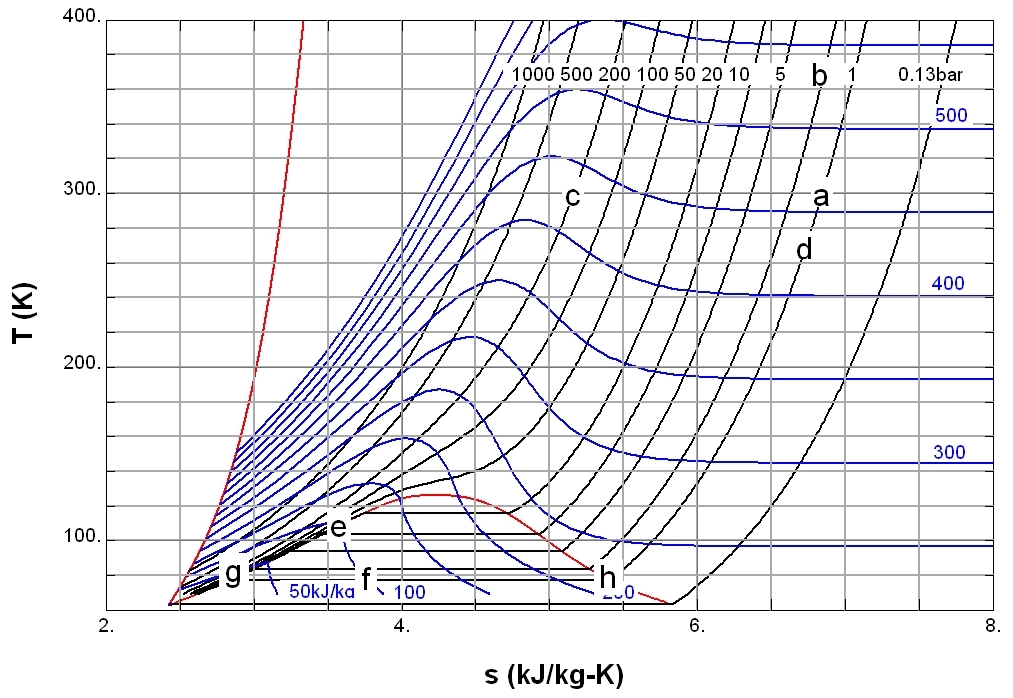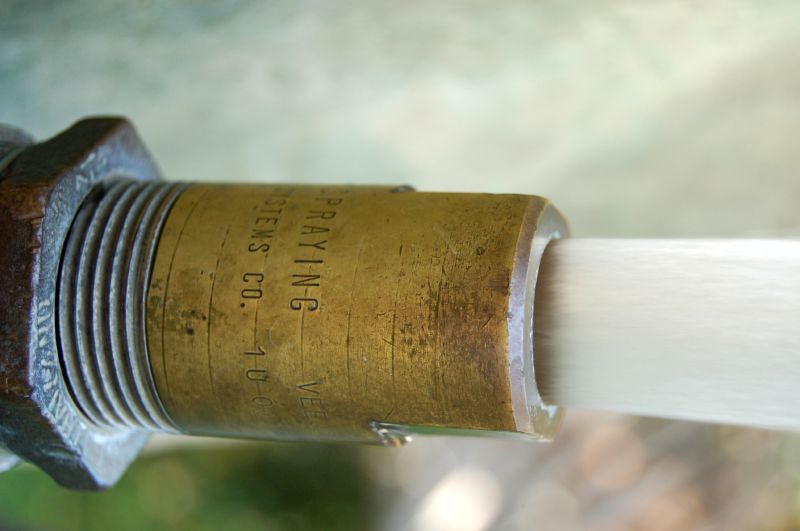|
Steam Turbine Governing
Steam turbine governing is the procedure of controlling the flow rate of steam to a steam turbine so as to maintain its speed of rotation as constant. The variation in load during the operation of a steam turbine can have a significant impact on its performance. In a practical situation the load frequently varies from the designed or economic load and thus there always exists a considerable deviation from the desired performance of the turbine.1966_jachens_steam turbines their construction.pdf –“Steam Turbines: Their Construction, Selection and Operation”. W. B. Jachens (Proceedings of the South African Sugar Technologists Association -1966 The primary objective in the steam turbine operation is to maintain a constant speed of rotation irrespective of the varying load. This can be achieved by means of governing in a steam turbine. There are many types of governors. Overview Steam turbine governing is the procedure of monitoring and controlling the flow rate of steam into the ... [...More Info...] [...Related Items...] OR: [Wikipedia] [Google] [Baidu] |
Steam Turbine
A steam turbine or steam turbine engine is a machine or heat engine that extracts thermal energy from pressurized steam and uses it to do mechanical work utilising a rotating output shaft. Its modern manifestation was invented by Sir Charles Parsons in 1884. It revolutionized marine propulsion and navigation to a significant extent. Fabrication of a modern steam turbine involves advanced metalwork to form high-grade steel alloys into precision parts using technologies that first became available in the 20th century; continued advances in durability and efficiency of steam turbines remains central to the energy economics of the 21st century. The largest steam turbine ever built is the 1,770 MW Arabelle steam turbine built by Arabelle Solutions (previously GE Steam Power), two units of which will be installed at Hinkley Point C Nuclear Power Station, England. The steam turbine is a form of heat engine that derives much of its improvement in thermodynamic efficiency from the u ... [...More Info...] [...Related Items...] OR: [Wikipedia] [Google] [Baidu] |
Governor (device)
A governor, or speed limiter or controller, is a device used to measure and regulate the speed of a machine, such as an engine. A classic example is the centrifugal governor, also known as the Watt or fly-ball governor on a reciprocating steam engine, which uses the effect of inertial force on rotating weights driven by the machine output shaft to regulate its speed by altering the input flow of steam. History Centrifugal governors were used to regulate the distance and pressure between millstones in windmills since the 17th century. Early steam engines employed a purely reciprocating motion, and were used for pumping water – an application that could tolerate variations in the working speed. It was not until the Scottish engineer James Watt introduced the ''rotative'' steam engine, for driving factory machinery, that a constant operating speed became necessary. Between the years 1775 and 1800, Watt, in partnership with industrialist Matthew Boulton, produced so ... [...More Info...] [...Related Items...] OR: [Wikipedia] [Google] [Baidu] |
Turbine
A turbine ( or ) (from the Greek , ''tyrbē'', or Latin ''turbo'', meaning vortex) is a rotary mechanical device that extracts energy from a fluid flow and converts it into useful work. The work produced can be used for generating electrical power when combined with a generator.Munson, Bruce Roy, T. H. Okiishi, and Wade W. Huebsch. "Turbomachines." Fundamentals of Fluid Mechanics. 6th ed. Hoboken, NJ: J. Wiley & Sons, 2009. Print. A turbine is a turbomachine with at least one moving part called a rotor assembly, which is a shaft or drum with blades attached. Moving fluid acts on the blades so that they move and impart rotational energy to the rotor. Gas, steam, and water turbines have a casing around the blades that contains and controls the working fluid. Modern steam turbines frequently employ both reaction and impulse in the same unit, typically varying the degree of reaction and impulse from the blade root to its periphery. History Hero of Alexandria demonstrat ... [...More Info...] [...Related Items...] OR: [Wikipedia] [Google] [Baidu] |
Enthalpy
Enthalpy () is the sum of a thermodynamic system's internal energy and the product of its pressure and volume. It is a state function in thermodynamics used in many measurements in chemical, biological, and physical systems at a constant external pressure, which is conveniently provided by the large ambient atmosphere. The pressure–volume term expresses the work (physics), work W that was done against constant external pressure P_\text to establish the system's physical dimensions from V_\text=0 to some final volume V_\text (as W=P_\text\Delta V), i.e. to make room for it by displacing its surroundings. The pressure-volume term is very small for solids and liquids at common conditions, and fairly small for gases. Therefore, enthalpy is a stand-in for energy in chemical systems; Bond energy, bond, Lattice energy, lattice, solvation, and other chemical "energies" are actually enthalpy differences. As a state function, enthalpy depends only on the final configuration of internal e ... [...More Info...] [...Related Items...] OR: [Wikipedia] [Google] [Baidu] |
Nozzle Governor Sch
A nozzle is a device designed to control the direction or characteristics of a fluid flow (specially to increase velocity) as it exits (or enters) an enclosed chamber or pipe (material), pipe. A nozzle is often a pipe or tube of varying cross sectional area, and it can be used to direct or modify the flow of a fluid (liquid or gas). Nozzles are frequently used to control the rate of flow, speed, direction, mass, shape, and/or the pressure of the stream that emerges from them. In a nozzle, the velocity of fluid increases at the expense of its pressure energy. Types Jet A gas jet, fluid jet, or hydro jet is a nozzle intended to eject gas or fluid in a coherent stream into a surrounding medium. Gas jets are commonly found in gas stoves, ovens, or barbecues. Gas jets were commonly used for Gas lighting, light before the development of electric light. Other types of fluid jets are found in carburetors, where smooth calibrated orifices are used to regulate the flow of gasoline, fuel ... [...More Info...] [...Related Items...] OR: [Wikipedia] [Google] [Baidu] |
Bypass Governor Schematic
Bypass may refer to: * Bypass (road), a road that avoids a built-up area (not to be confused with passing lane) * Flood bypass of a river Science and technology Medicine * Bypass surgery, a class of surgeries including for example: ** Heart bypass ** Gastric bypass ** Cardiopulmonary bypass Other * Bleach bypass, an optical effect produced by skipping a step when developing colour film * Bypass capacitor, used to bypass a power supply or other high impedance component * Bypass ratio in turbofan aircraft engines ** Bypass duct, whose size controls the bypass ratio * Bypass switch, access port for an in-line active security appliance * Bypass (telecommunications) * Bypass tube * Bypass valve ** A blowoff valve on a compressor ** A Diving rebreather#Oxygen feed options on a diving rebreather Other uses * ''The Bypass'', a 2003 short silent Bollywood film * Railroad bypass, a new railroad line built to replace or supplement an existing route * By-pass Variegated, an architectural s ... [...More Info...] [...Related Items...] OR: [Wikipedia] [Google] [Baidu] |
Steam Turbines
A steam turbine or steam turbine engine is a machine or heat engine that extracts thermal energy from pressurized steam and uses it to do mechanical work utilising a rotating output shaft. Its modern manifestation was invented by Sir Charles Parsons in 1884. It revolutionized marine propulsion and navigation to a significant extent. Fabrication of a modern steam turbine involves advanced metalwork to form high-grade steel alloys into precision parts using technologies that first became available in the 20th century; continued advances in durability and efficiency of steam turbines remains central to the energy economics of the 21st century. The largest steam turbine ever built is the 1,770 MW Arabelle steam turbine built by Arabelle Solutions (previously GE Steam Power), two units of which will be installed at Hinkley Point C Nuclear Power Station, England. The steam turbine is a form of heat engine that derives much of its improvement in thermodynamic efficiency from the u ... [...More Info...] [...Related Items...] OR: [Wikipedia] [Google] [Baidu] |





